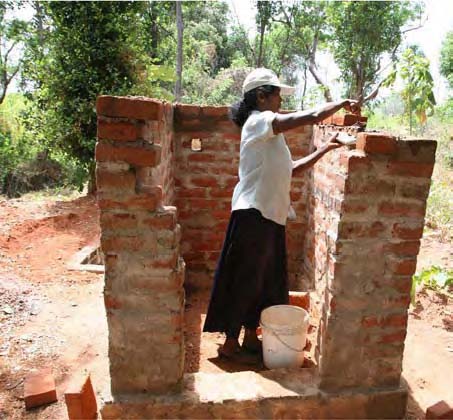 This discussion paper by the Asian Development Bank (ADB) examines the current state of sanitation services in India and offers recommendations that can help key stakeholders work toward universal sanitation coverage in India.
This discussion paper by the Asian Development Bank (ADB) examines the current state of sanitation services in India and offers recommendations that can help key stakeholders work toward universal sanitation coverage in India.
Providing environmentally-safe sanitation to millions of people is a significant challenge, especially in the world’s second most populated country. The task is doubly difficult in a country where the introduction of new technologies can challenge people’s traditions and beliefs.
This discussion paper examines the current state of sanitation services in India in relation to two goals—Goal 7 of the Millennium Development Goals (MDGs), which calls on countries to halve, by 2015, the proportion of people without improved sanitation facilities (from 1990 levels); and India’s more ambitious goal of providing “Sanitation for All” by 2012, established under its Total Sanitation Campaign.
The paper has provided a number of recommendations to help future sanitation programs forge a new path to provide sanitation for India’s urban and rural poor. The six main recommendations it offers are: scaling up pro-poor sanitation programs, customizing investments, exploring cost effective options, applying proper planning and sequencing, adopting community-based solutions, and forging innovative partnerships.
It has shown that the sanitation programs must involve more than just constructing new facilities for a given number of people. They must also include efforts to build momentum behind sanitation and hygienic behavior by mobilizing consumer demand in different settings.
Sanitation programs must also use a menu of different approaches, such as financing at the household level and a range of affordable sanitation options for potential consumers. This may require working with a range of new partners, including public health officials, grassroots organizations, and private sector, something that should not be seen as a deterrent.
Download the discussion paper here -